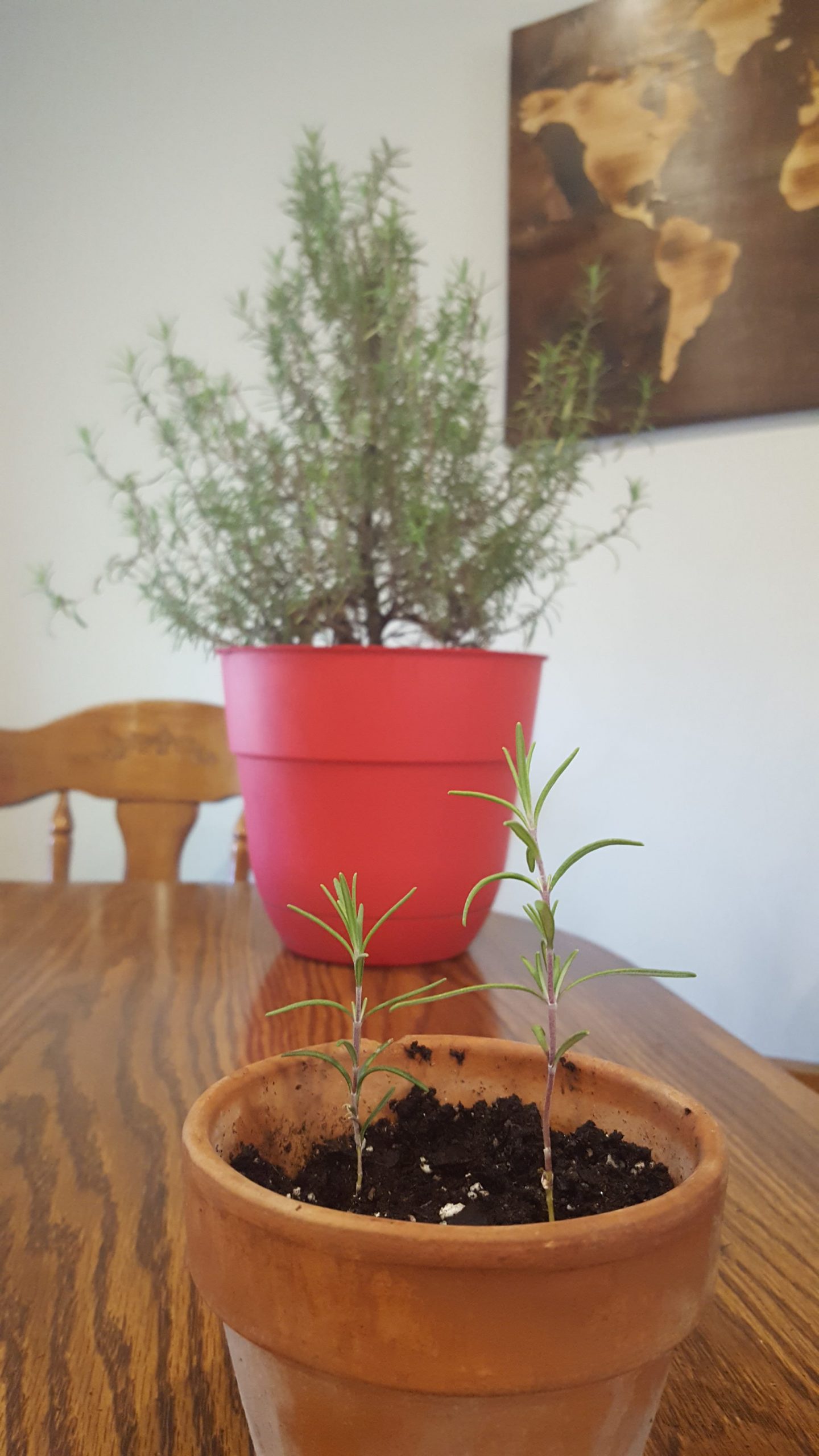Would you rather listen than read? Click on the audio file below.
At first glance, you might barely notice the gate. Take a moment to appreciate its ornate design, iron strap hinges, and large padlock. Look carefully at the stout fence on either side of this portal. Together, these elements frame the entrance to this re-creation of the Masons’ garden. These imposing barriers had both aesthetic value and practical functions.
People in the 18th century cared a lot about wealth and status.Only well-to-do planters could afford this kind of gate and fence. The big iron hinges, decorative arrangement of boards, and elegant pieces at the top all turn this gate from a purely functional break in the fence to a fashionable ornament on the landscape. The smooth painted wooden boards of the fence continue the impression of richness and style.
Elsewhere on the landscape—in the less prominent parts of Gunston Hall plantation and on the land of less wealthy farmers, fences were much more plain. Split rails and woven saplings cost less and were often easier to turn into a fence. Since 18th-century Virginians let their cows, sheep, and pigs run free on their property, farmers and plantation owners used fences and other physical barriers to protect their vegetables, fruit, and flowers. In addition, fences kept out common pests like rabbits and deer.
Together, the garden fence and gate offered ways to control which people went into the garden, reinforcing the social hierarchy of the day. Only members of the Mason family and their visitors had the privilege of free access into the garden. Most paid servants and enslaved workers entered this space only when they were required to tend to the crops and ornamentals. Once inside the garden, people were in an oasis of beauty. Plus, the fence shielded garden visitors from the labor in the kitchen yard, barns, and other workspaces.















